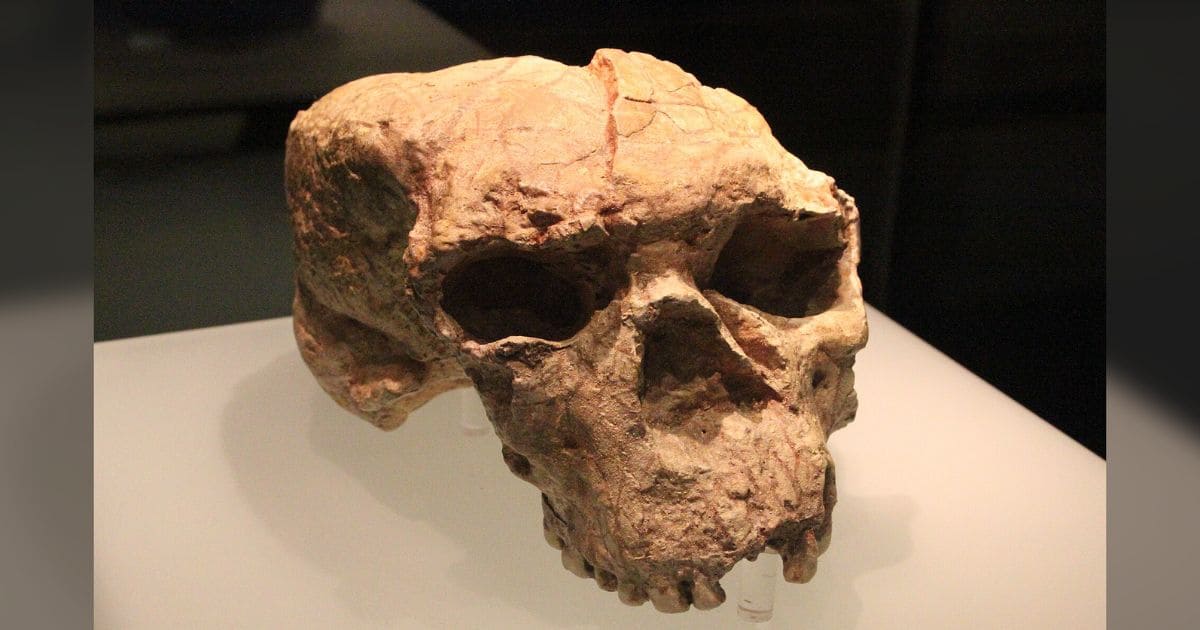China. Researchers have successfully reconstructed a crushed and distorted 1-million-year-old human skull found in China. The newly restored skull likely belonged to a mysterious relative of the Denisovans and provides clues to the rapid evolution of Homo sapiens in Asia.
In a study published Thursday (September 25) in the journal Science, researchers presented a reconstruction of the Yunxian 2 skull, which was excavated in 1990 from an archaeological site in Hubei province in central China.
Although experts for decades thought the Yunxian skull belonged to a human ancestor, Homo erectus, new analysis reveals that the skull is more closely related to the ‘Dragon Man,’ an extinct species first described after the discovery of a distinct skull in northeastern China in 2021, and to the Denisovans, a mysterious human group that went extinct about 30,000 years ago.
After digitally reconstructing the Yunxian 2 skull using computed tomography (CT) scans, the researchers found that the skull exhibited a distinctive combination of features, including a large cranial capacity, a long and low frontal skull bone, and a narrow space between the eye sockets.
This set of characteristics is found in what researchers call the Homo longi clade, that is, a lineage or group of individuals and their
“The Homo longi clade, which includes Denisovans, persisted for over a million years. So did the Neanderthal and sapiens lineages,” said study co-author Chris Stringer, a paleoanthropologist at the Natural History Museum in London, as quoted by Live Science, Sunday (September 28, 2025).
Based on statistical data from 57 fossil skulls, researchers estimate that the Neanderthal clade first diverged from the common human ancestor about 1.38 million years ago. The H. longi clade then diverged about 1.2 million years ago, followed by H. sapiens about 1.02 million years ago. However, the earliest clear fossil evidence of H. sapiens comes from 300,000-year-old bones from Jebel Irhoud in Morocco. This short timeframe suggests rapid diversification occurred in all three human groups.
However, researchers are unsure what might have caused this group of early humans to develop such diverse appearances so quickly. “They lived in small, relatively isolated populations and adapted to diverse paleoenvironments,” said study co-author Xijun Ni, a paleoanthropologist at the Chinese Academy of Sciences.
However, by delaying the origins of this group of early humans, scientists can look even earlier to find factors that may have triggered human evolution.
“For example, there were two severe cold events about 1.1 million and 900,000 years ago, and that may have triggered evolutionary and behavioral changes, including extinctions,” Stringer said.
Given that the Yunxian 2 skull is 1 million years old and boasts a mix of ancient and modern physical features, the researchers concluded in their study that it likely represents an early form of the group that includes Denisovans.


Comments